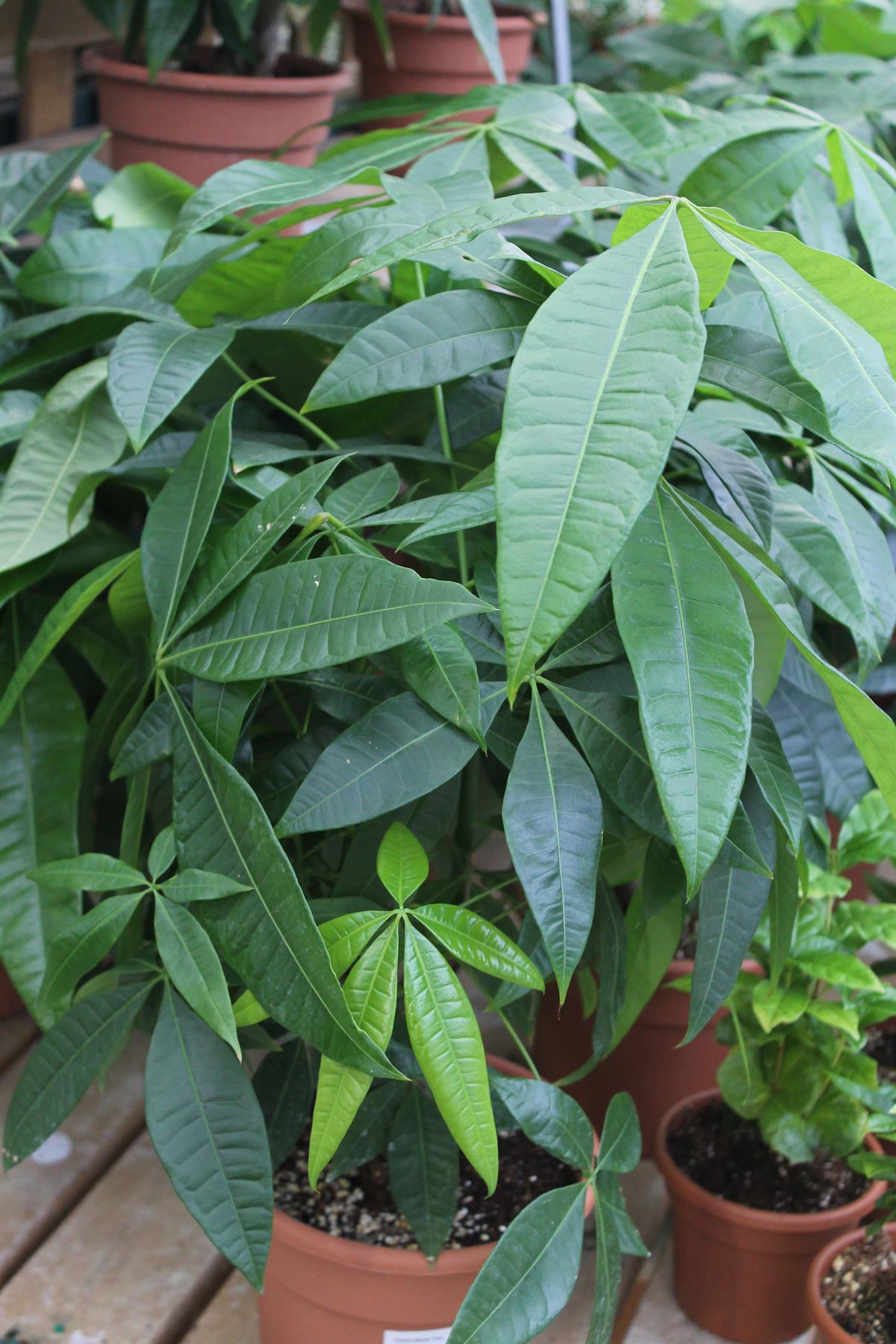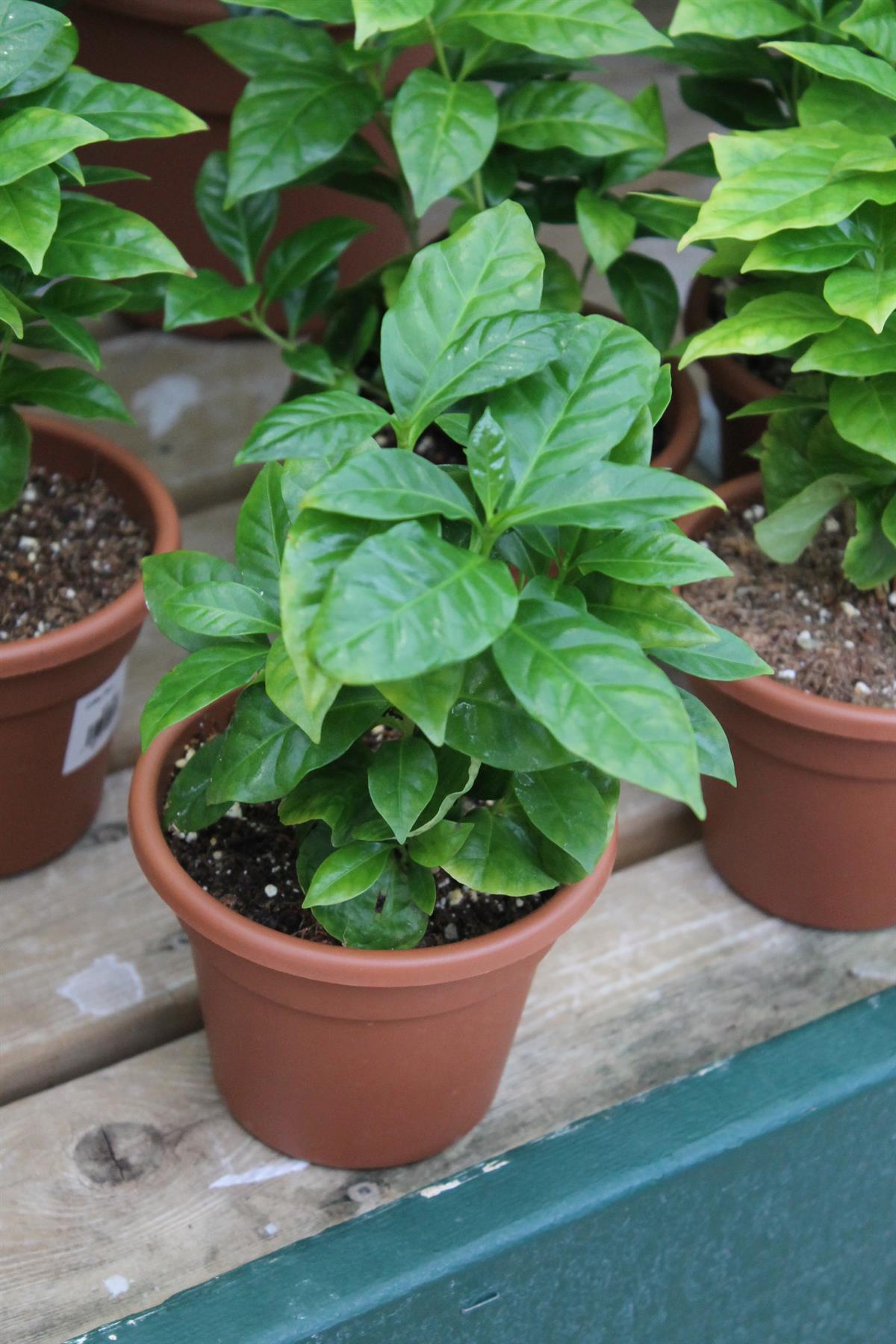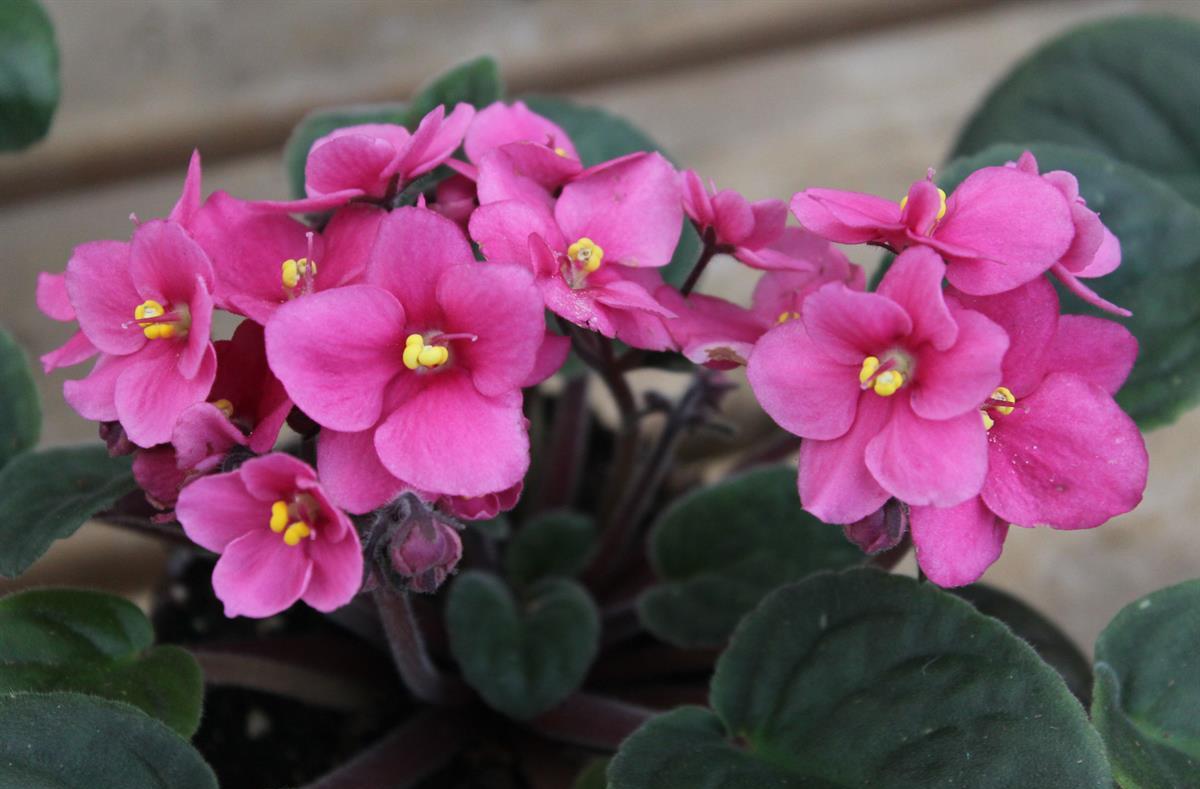Jerusalem Cherry
A favorite ornamental indoor plant in fall and winter.
White, star-shaped flowers cover this shrubby plant in summer.
Beginning in fall, the flowers are followed by small, round ornamental fruits that turn from green to yellow to orange to red as they slowly ripen.
They are long-lasting and will "decorate" the plant right through the winter.
|
|
Pumpkins, Gourds
&
Fall Decorations
50% Off
(Regular Prices)
|
|
Workshops are limited to 10 attendees per workshop.
We ask that you please register in advance for any workshop by calling (740)763-2873.
Payment is due at time of registration.
Visit our
upcoming events page
for more great events. |
|
Holiday Porch Pot Workshop
Wednesday, November 11th
Time: 10 am
Sunday,
November 15th
Time: 2 pm
Cost:$39.99
Offer a warm welcome for holiday visitors this season with this elegant porch pot. We’ll show you how to arrange fresh greens, decorative berries, and pine cones in a unique creation of your very own.
|
|
Christmas Fairy Workshop
Wednesday, November 18th
Time: 10 am
Cost: $39.99
Want a great gift idea for your gardening friends (or yourself)? This Christmas fairy garden is perfect. A fairy garden can be changed with each season, if you so desire. Sign up to see how easy these are to make and maintain.
|
|
Christmas Preview
Friday,
November 20th
Time: 5 pm - 8 pm
Join us for an evening of special savings and discounts. Enjoy music performed by the Licking Valley High School Choir Ensemble. Light refreshments (Hors d’oeuvres, Hot Cocoa Bar, Mulled Cider) and a Taste Of Wine from Buckeye Winery. You can also get started on your holiday decorating with a Fresh Greens Door Spray Workshop beginning at 5 pm.
|
|
Christmas Open House
Saturday,
November 21st
Time: 9 am - 6 pm
Sunday,
November 22nd
Time: 11 am - 6 pm
Sample some of the dips, jellies and salsa available for sale at Wilson’s. Warm up with a cup of cocoa and a cookie from our Hot Cocoa Bar or have a cup of Mulled Cider, plus enjoy these events:
11 am – 3 pm
Local Artisans and Crafters
Several area artisans and bakers will be selling their goods in the green house this weekend.
Noon – 2 pm
Warm Up with a Hot Lunch
Enjoy a free lunch of grilled cheese and tomato soup. (Donations benefit Marne Food Pantry.)
1 pm – 3 pm
Just for Kids
(Sunday Only)
Cost: $3
Stop in anytime between 1 and 3 and make a Gingerbread Bird House
2:30 pm – 4:30 pm
(Sunday Only)
Celestial Voices
Holiday Christmas Music
|
|
Wilson's Garden Center
10923 Lambs Ln.
Newark, Ohio. 43055
740-763-2873
740-763-2874 (Fax)
office@great-gardeners.com
|
|
October
&
November
Hours
Mon. - Sat.
9 am - 6 pm
Sunday:
11 am - 6 pm
Closed Thanksgiving Day!
|
|
We are a family owned and operated garden center specializing in plants that thrive in Central Ohio
For more information about our store please
Visit Our Website |
|
|
Good Afternoon Great-Gardeners,
How many of you have gotten out to see the beautiful fall color this past week? It has been absolutely breathtaking behind my house. I always have to take a few minutes and absorb it all in.
This time of year reminds me of when I was a child and jumping in the big piles of leaves in our front yard. The crinkling of the leaves underneath and the scratchiness when they accidentally (or rather purposely) would go down the shirt. Had to have a leaf fight every time.
Many calls have come in about pruning this past week. Wait to prune roses, shrubs and trees. If you prune now and we get a warm snap, the plants may break dormancy and start to grow. If they do, then the new growth may freeze and you could lose your plant.
In this issue, scoop about potting soil and November garden chores.
If you have any questions, comments or suggestions, hit reply. I would love to hear from you. As always, have a great-gardening day.
Sincerely,
Holly |
|
| The Scoop About Potting Soil |
|
I have been part of a garden group online for several years. I joined it not only to get ideas to help me with our e-newsletters, but for all the beautiful pictures that are posted.
Usually I never participate in the conversations because they can get pretty heated at times, especially over plant identification. There are millions of plants in the world so identifying a plant through a tiny picture on a screen is not very easy and many plants can look similar in appearance which makes it even harder to identify. Though that is not why I brought this up. |
|
The other day a gentleman posted about how his begonia was not doing well in a container he had it in and wanted to know what he could do to get it to thrive. He stated that he used composted soil from his garden in the pot. He had also posted a picture of the poor plant for everyone to look at.
At the time only a couple of people had responded, but none had really answered his question. So, I decided to answer. I told him how to take care of it. Watering requirements, light requirements, etc. I also told him that he should use potting soil instead of soil from his garden. |
|
Later that day he responded and implied that there is no benefit to using potting mix over garden soil.
It got me thinking. Why do we recommend using potting soil for containers? Why not use soil from the garden? Is it a gimmick? |
|
|
|
The answer actually is no, it is not a gimmick.
Potting soil has been around since 1160 BC, when ancient Egyptians began growing shrubs in containers. |
|
Despite its name, little to no soil is used in potting soil because it is considered too heavy for growing houseplants. What does "heavy" mean you may ask?
It means it may have too much clay, or other material, which when wet can cause the soil to become sticky and not allow air to penetrate the roots of the plant.
What is used instead of "dirt" depends on the brand. Most consist of a blend of peat moss, bark and perlite. Some even have earth worm castings and bat guano added into the mix. Others are geared to specific plants such as orchids or cactus which require different growing medium in order to survive. |
|
Now can you use the soil from your garden and make your own potting soil?
Yes, but you have to be careful about it. You can not just take plain dirt and dump it into a pot and expect the plant to survive. Mixing compost and other organic matter into the soil helps, but it may still be to heavy for some plants.
The reason the begonia was not thriving was because the soil was too heavy for it and the plant roots could not breath. It was dying a slow death. Even though the gentleman had other plants that were just fine in the compost mixture the begonia did not like it. |
|
So why do we recommend potting soil?
We recommend it because we want your plants to succeed. Potting soil is already pre-made to be light enough to allow nutrients and air to get to the plant roots allowing the plant to grow and survive in a container. |
|

|
"Money Plant"
It is the most popular plant for "Feng Shui" because it creates positive energy ("Chi" or "Qi"). It is rumored to bring prosperity and wealth to your surroundings and decorates your home with nature and good luck.
|
|
|

|
"Coffee Plant"
Legend has it that the energizing effects of coffee were first discovered by a goat. Thousands of years ago in what is now Ethiopia, an Abyssinian herder noticed that, after his goats ate the bright red berries of the coffee plant, the animals became quite energetic. He showed his discovery to some monks at a nearby monastery, who then brewed the berries into a beverage to keep them awake during evening prayers.
|
|
|

|
"African Violet"
Baron St. Paul-Illaire, governor of the Usambara district of then German East Africa, first discovered the African Violet. An amateur botanist, he collected seeds and specimens and sent them to his father in Germany, who also was interested in botany. He, in turn, gave these to his friend and director of Berlin's Royal Botanic Garden.
|
|
|
| Apply fall/winter lawn fertilizer (Greenview STEP 4) to encourage root development in your lawn. Your lawn will thank you by greening up much more quickly in the Spring. |
|
|
|
Houseplants:
During the shorter days of winter, the growth rate of most houseplants slows. Reduce fertilization and water until late April or May when new growth resumes. Most plants should not be watered until the soil feels dry. Water thoroughly, let the water soak in, then water again until water drains into the saucer. Empty the saucer within 1 hour, otherwise the sitting water can cause root rot. If you cannot lift your plant to get the saucer, try using a baster to remove the excess. Soil pulled away from the pot rim means inadequate watering and can result in root problems. It would be difficult to add sufficient water overhead to re-wet the soil, so soak the pot in a sink or bathtub, then drain thoroughly.
|
|
Pesticide Storage:
Store pesticides in a frost-free location away from food and out of reach of children & pets. If the pesticide is in a paper (cardboard) container, put the whole package in a plastic container and seal it (this keeps moisture from penetrating the contents). Be sure all bottles and cans are tightly sealed and well labeled. Store liquid pesticides where temperatures will not fall below 40 degrees F. Too low a temperature may result in a breakdown of the chemical. If the liquid should freeze, there is danger the container will break, scattering chemical in the storage area.
|
|
Evergreens:
If fall rains are scarce, water landscape evergreens thoroughly once every week until the ground freezes. Sending them into winter well watered reduces the potential for damaged foliage. Broadleaf and tender evergreens need to be shaded on the south and southwest sides to reduce moisture loss and foliage damage. Apply Wilt-Pruf or Wilt Stop to broadleaf evergreens before the air temperature drops to a constant 32 degrees; this helps keep moisture loss to a minimum during the winter months.
|
|
|
|
Shade Trees:
Newly planted shade trees, especially those with smooth bark, are often injured by temperature fluctuations and strong winter sunshine. Prevent sunscald by wrapping the tree with tree wrap. |
|
Live Christmas Trees:
If you are planning on a live, balled & burlapped Christmas tree, dig a planting hole now before the ground freezes. Fill the hole with straw to keep it from freezing. Store the soil in a garage or shed so you will have workable soil when you need it for planting the tree after Christmas.
|
|
|
|